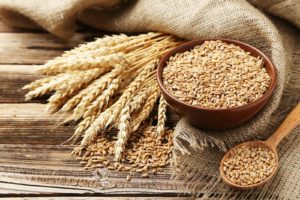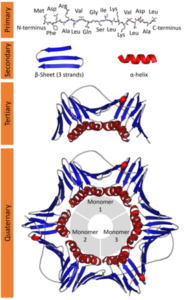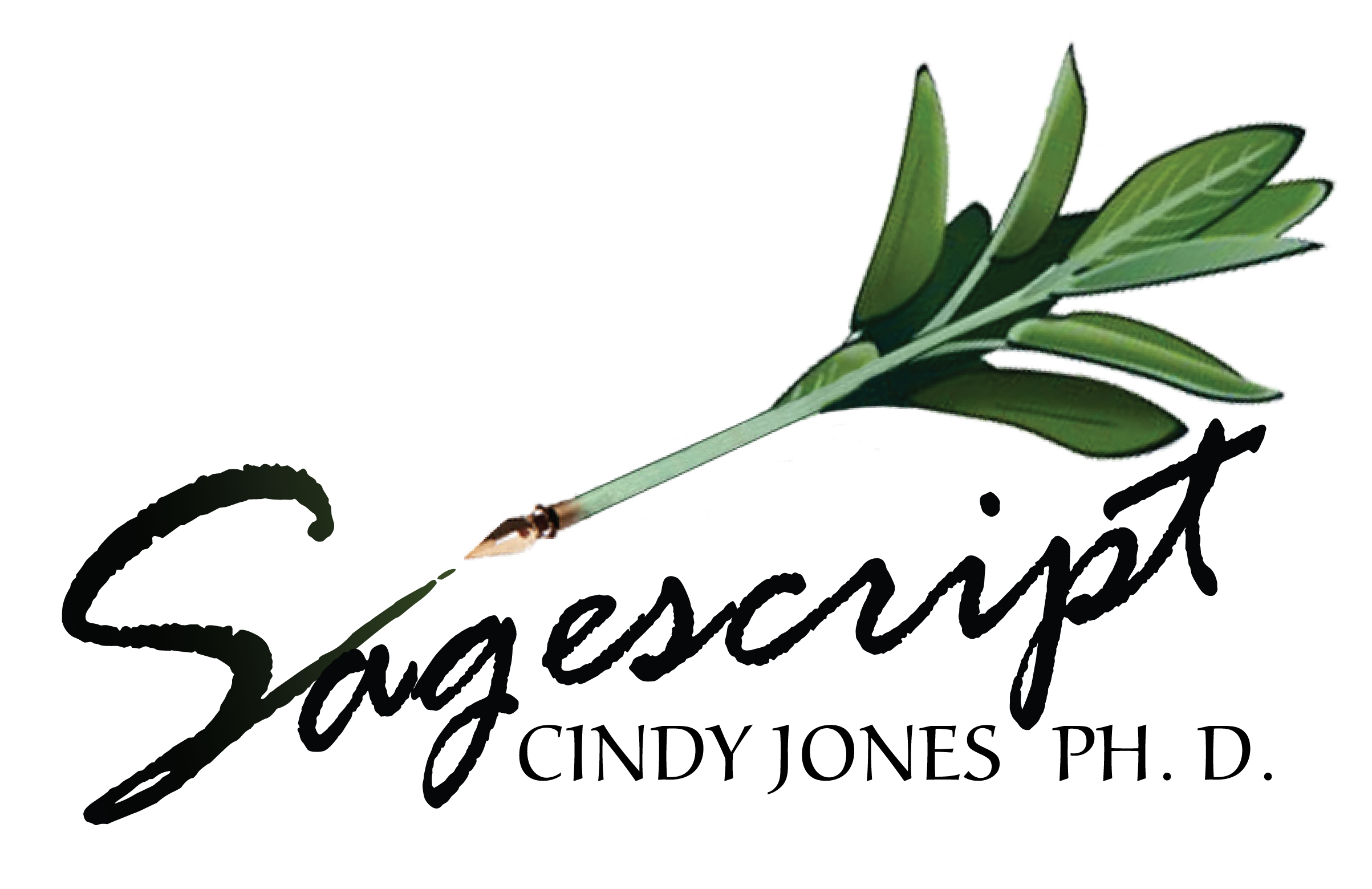. . . or why hydrolyzed wheat protein is gluten free.
Various types of hydrolyzed proteins are used in cosmetic products. I like to use proteins in a product for a few reasons; they tend to give a very nice skin feel and they coat the skin to improve the barrier function of the skin. Cosmetic proteins come from a variety of sources including wheat. I’ve had some customers show concern about wheat protein because they keep a gluten free diet. But the process of hydrolysis renders that wheat protein gluten free.

Hydrolysis refers to the splitting of a chemical bond using water. We’ll talk about this in particular with proteins. The diagram below shows water (H20) entering the chemical reaction to split off R2. This is a general hydrolysis reaction.

Hydrolysis is a naturally occurring chemical reaction that occurs in biochemistry. It is often used by the body to break down large macromolecules into their corresponding monomers. For instance, it breaks a protein down into smaller peptides by breaking the chemical bonds between amino acids.
Proteins have complex, three dimensional structures that are necessary for their function. Proteins are first made as amino acid strings. This sequence of amino acids is referred to as their primary structure. The string of amino acids can then take on a shape of its own by bending and twisting, sometimes into helices or pleated sheets. This is referred to as their secondary structure. After this, the secondary structure can fold back on itself to create a tertiary structure. By doing so, areas of the primary structure that are normally do not lay close to each other on the amino acid sequence can now become close to each other. These areas can form the active sites of proteins or domains, that are necessary for the function of that particular protein (and sometimes it’s allergen potential). These shapes are stabilized by disulfide bonds and hydrogen bonding. Even more complex, is the quaternary structure of a protein which involves different proteins coming together to form a larger protein consisting of different protein chains.

Gluten is a storage protein found in endosperm cells of the developing grain, particularly wheat. It is important to form the elastic network when flour is mixed with water to form dough.
Gluten is actually a family of hundreds of distinct proteins but is primarily made up of two different classes of proteins; gliadins and glutenins. Gliadins are mainly monomeric proteins with molecular weights (MWs) around 28,000-55,000. They are by their different primary structures.The glutenins .are more complex, larger proteins made of multiple peptide chains. Both protein groups have complex structures that are stabilized by hydrogen bonds and disulphide bonds.
When a protein, such as gluten is hydrolyzed, some of the bonds between the amino acids in the protein are cleaved, breaking the protein into smaller pieces. This destroys the primary structure, secondary structure, tertiary structure and quaternary structures of the protein. In destroying the 3 dimensional structure of the protein, the protein is no longer functional because it’s active sites are no longer present. So you can undoubtedly say that the protein is no longer present in it’s recognizable form. So a product containing hydrolyzed wheat protein is gluten free. It is also impossible for this protein to reform as it’s recognizable, original protein.
Hydrolyzing proteins is a way destroying allergens and it’s common to find instant formulas for babies that contain hydrolyzed cow protein to reduce risk of milk protein intolerance or dog food that contains hydrolyzed protein to decrease allergies and label a product as ‘hypoallergenic’.
It has also been shown that patients with celiac disease are able to ingest hydrolyzed wheat protein and not suffer side effects of ingesting gluten.
Because of this I can tell my customers who have wheat allergies that they do not have to worry about a lotion that contains hydrolyzed wheat protein. Because the protein is hydrolyzed, the structure is impaired such that the active sites are no longer present rendering the proteins not gluten any more.
References:
Luigi Greco, Marco Gobbetti, Renata Auricchio, Raffaella Di Mase, Francesca Landolfo, Francesco Paparo, Raffaella Di Cagno, Maria De Angelis, Carlo Giuseppe Rizzello, Angela Cassone. Safety for Patients With Celiac Disease of Baked Goods Made of Wheat Flour Hydrolyzed During Food Processing. Clinical Gastroenterology and Hepatology, 2011; 9 (1): 24 DOI: 10.1016/j.cgh.2010.09.025


If I’m reading this correctly, hydrolyzing changes the shape of the protein molecule gluten. This means the protein no longer causes an allergic reaction. So is this a chemical change, like saponification?
Angela, yes, that is correct. It is a chemical reaction because chemical bonds are broken, just like saponification.
Makes sense, thanks for the info!
I’m so glad to read this! I bought an expensive hair/scalp product a while back and used it a few times before noticing that it had hydrolyzed wheat protein. Since I have autoimmune issues and avoid gluten, I was very disappointed, and thought I needed to dump the product. Seldom ever do I not read an ingredient label, but didn’t suspect gluten would be in this product, so didn’t read it first (lesson learned). So glad to know I can use it now!
I’m glad the post was useful. We make a great conditioning shampoo you might be interested in. You can find it here https://coloradoaromatics.com/products/angel-falls-conditioning-shampoo
I thoroughly enjoyed reading your post. thanks for sharing this useful information about hydrolyzed protein.
herbal products